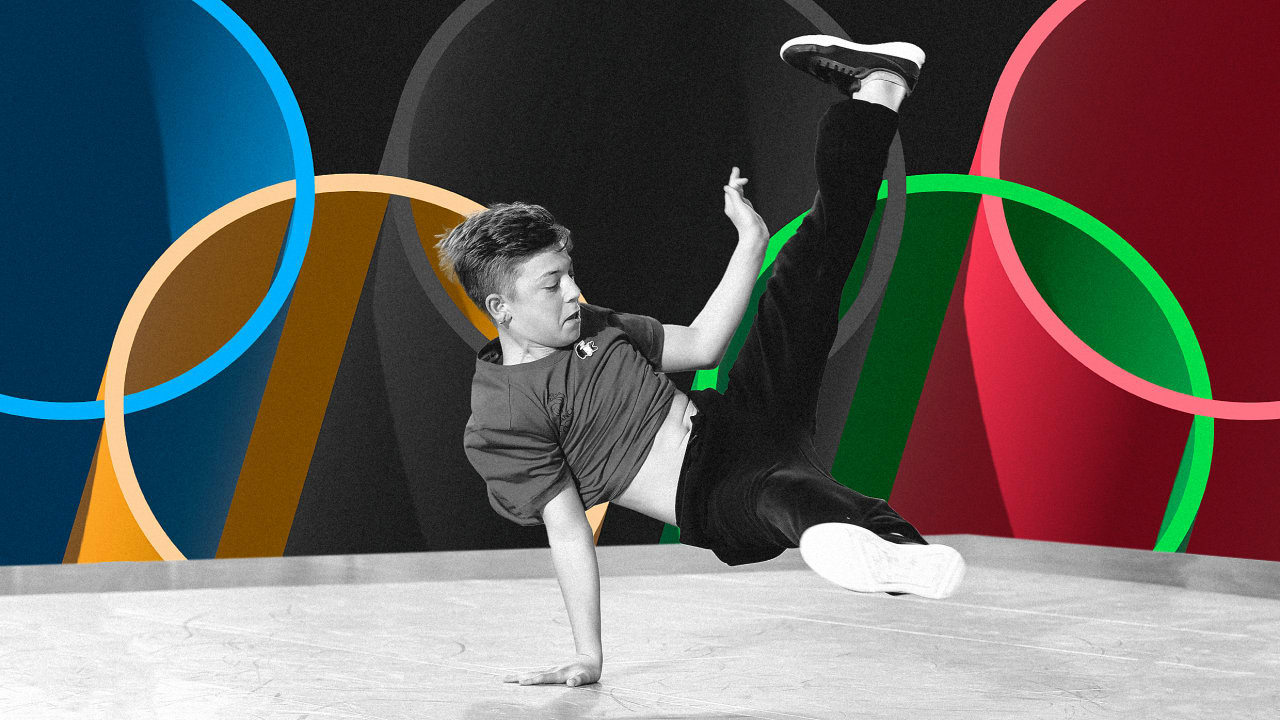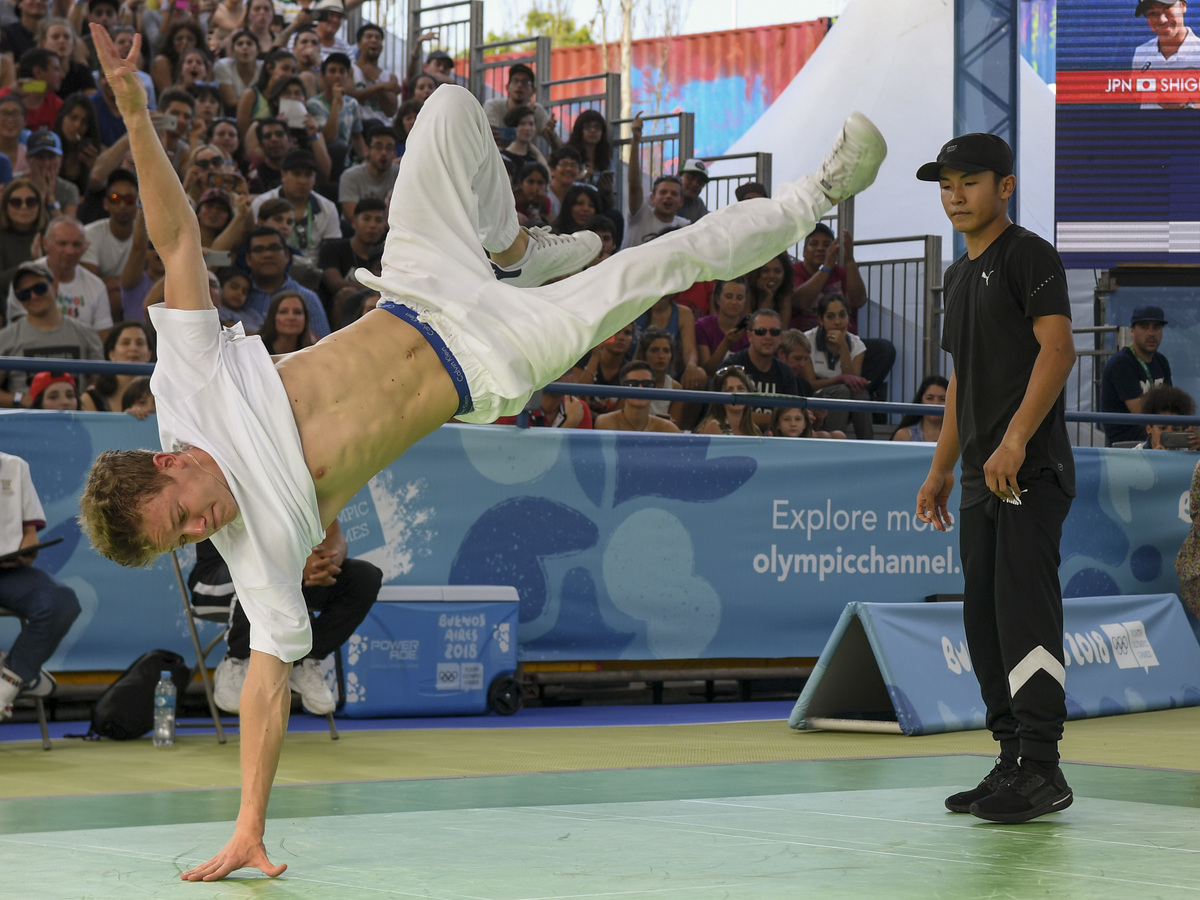Breakdancing’s Journey to the Olympics: Breakdancing Olympics

Breakdancing, a vibrant and dynamic dance form that originated in the streets of New York City, has come a long way from its humble beginnings to its inclusion as an Olympic sport. This journey has been marked by innovation, cultural impact, and a relentless pursuit of recognition.
Breakdancing’s Origins and Evolution
Breakdancing emerged in the 1970s in the Bronx, New York City, as part of the burgeoning hip-hop culture. It was initially known as “breakin'” or “b-boying/b-girling,” drawing inspiration from the “break” sections of funk and disco music, where the music would slow down and become more rhythmic, allowing for improvisation and movement.
- The early pioneers of breakdancing included the Rock Steady Crew, the Furious Five, and the Magnificent Force, who honed their skills in parks, street corners, and community centers.
- Breakdancing’s popularity spread rapidly throughout the 1980s, fueled by the release of iconic films like “Beat Street” and “Flashdance,” which showcased its energy and athleticism.
- The emergence of international breakdancing competitions, such as the “Battle of the Year,” further propelled its growth and global recognition.
Breakdancing’s Rise to Global Recognition
Breakdancing’s journey to the Olympics is a testament to its cultural significance and its evolution into a recognized sport.
- The World DanceSport Federation (WDSF) played a pivotal role in establishing breakdancing as a competitive discipline, introducing standardized rules and judging criteria.
- The inclusion of breakdancing in the 2018 Youth Olympic Games in Buenos Aires marked a significant milestone, showcasing its potential as an Olympic sport.
- The International Olympic Committee (IOC) officially recognized breakdancing as an Olympic sport in 2020, paving the way for its inclusion in the Paris 2024 Olympics.
Challenges and Controversies
The inclusion of breakdancing in the Olympics has been met with both excitement and skepticism.
- Some critics argue that breakdancing, with its roots in street culture, may lose its authenticity and raw energy when subjected to the formal structure of Olympic competition.
- Others question the potential for judging bias, as breakdancing is a highly subjective art form, with a strong emphasis on personal style and creativity.
- Concerns have also been raised about the lack of diversity in the breakdancing community, particularly in terms of gender representation and access to training opportunities.
Breakdancing in the Olympics

Breakdancing, officially known as “breaking,” made its debut as an Olympic sport at the 2024 Paris Games. This exciting addition to the Olympic program reflects the growing global popularity and athleticism of this dynamic dance form.
Competition Format and Judging Criteria
The breakdancing competition at the Olympics follows a structured format designed to showcase the dancers’ skills and artistry. The competition consists of two rounds: the “1-on-1” battles and the “Crew Battles.”
1-on-1 Battles
The 1-on-1 battles are the core of the breakdancing competition. Each battle features two dancers competing against each other in a series of rounds.
- The dancers take turns performing their moves, showcasing their individual styles and techniques.
- Each round typically lasts for a predetermined duration, with the judges evaluating the dancers’ performances based on a set of criteria.
- The winner of each round is decided by a panel of judges, who assess the dancers’ skills and artistry.
- The competition continues in a bracket format, with the winners advancing to the next round until a champion is crowned.
Crew Battles
Crew battles offer a unique dimension to the competition, showcasing the synergy and teamwork of breakdancing crews.
- Each crew consists of multiple dancers who perform together in a coordinated fashion.
- The crews compete against each other in a similar format to the 1-on-1 battles, with judges evaluating the crews’ overall performance, synchronization, and creativity.
- The winning crew is the one that demonstrates the most impressive combination of individual skills, teamwork, and stage presence.
Judging Criteria
The judging criteria for breakdancing in the Olympics are multifaceted, encompassing technical proficiency, artistry, and musicality.
- Power Moves: This category assesses the dancers’ ability to execute complex and dynamic moves, such as flips, spins, and aerials, with precision and control.
- Footwork: Judges evaluate the dancers’ footwork techniques, including speed, agility, and intricate foot patterns.
- Freezes: Freezes are static poses that showcase the dancers’ strength, balance, and creativity. Judges assess the originality and visual impact of the freezes.
- Musicality: Breakdancing is deeply rooted in music, and judges evaluate the dancers’ ability to interpret the music and express themselves through their movements. This includes their timing, rhythm, and overall connection to the beat.
- Stage Presence: The dancers’ stage presence, including their energy, confidence, and ability to engage the audience, is also considered by the judges.
Comparison with Other Dance Disciplines
Breakdancing’s judging criteria share similarities with other dance disciplines in the Olympics, such as ballet and ballroom dancing.
- All disciplines emphasize technical proficiency, artistry, and musicality.
- However, breakdancing stands out due to its emphasis on power moves, footwork, and freezes, which are unique to this dance form.
- Breakdancing also places a significant emphasis on the dancers’ ability to connect with the music and express themselves through their movements.
The Impact of Breakdancing on the Olympics and the Dance World

Breakdancing’s inclusion in the Olympics marks a significant moment in the history of both the Games and the dance world. It signals a shift in the perception of street dance, elevating it to a recognized and celebrated sport. This inclusion has the potential to impact the Olympics, the dance world, and the breakdancing community in profound ways.
The Influence of Breakdancing on the Olympics, Breakdancing olympics
The inclusion of breakdancing in the Olympics has the potential to attract a younger, more diverse audience to the Games. Breakdancing has a global appeal and a strong following among young people, particularly in urban areas. Its presence in the Olympics could introduce a new generation to the Games and create a more inclusive and vibrant atmosphere.
Breakdancing’s inclusion is also likely to increase media coverage and interest in the Olympics, especially in countries where breakdancing is popular. This increased attention could translate into higher viewership, sponsorship opportunities, and overall engagement with the Games.
Furthermore, breakdancing’s inclusion in the Olympics could contribute to the Games’ efforts to promote cultural diversity and inclusivity. Breakdancing originated in the African American and Latino communities and has evolved into a global phenomenon. Its presence in the Olympics can celebrate this cultural heritage and showcase the diversity of human expression through dance.
The Benefits and Challenges for the Breakdancing Community
The inclusion of breakdancing in the Olympics presents both opportunities and challenges for the breakdancing community. One of the key benefits is increased recognition and legitimacy. Being an Olympic sport elevates breakdancing’s status and provides it with a platform for global exposure. This recognition could lead to increased funding, resources, and opportunities for dancers, particularly in developing countries where breakdancing might not be as established.
However, there are also challenges associated with breakdancing’s Olympic status. One concern is the potential for the commercialization and corporatization of breakdancing. The Olympics are often associated with big sponsors and commercial interests, which could impact the artistic integrity and grassroots spirit of breakdancing. Another challenge is the need to adapt to the structured and competitive environment of the Olympics. Breakdancing, in its purest form, is often about improvisation and personal expression. Adapting to the rules and regulations of the Olympics could potentially limit the creativity and freedom of expression that are central to the art form.
The Inspiration and Influence on Other Dance Forms
Breakdancing’s inclusion in the Olympics could inspire and influence other dance forms, particularly those rooted in street culture. It could lead to a greater appreciation for the diversity of dance styles and a more inclusive dance landscape. The recognition of breakdancing as a legitimate sport could encourage the development of other street dance forms, such as hip hop, krumping, and locking, and their inclusion in competitive settings.
Breakdancing’s Olympic status could also inspire a new generation of dancers, encouraging them to pursue dance as a profession and explore the potential of street dance forms. This could lead to a more diverse and dynamic dance world, where traditional and contemporary dance forms co-exist and inspire each other.
Breakdancing olympics – The inclusion of breakdancing in the Olympics, while a step towards recognizing urban culture, highlights the inherent contradictions of the Games. While the world watches athletes perform feats of strength and agility, a concerning study suggests a link between artificial sweeteners and blood clots , raising questions about the health of the athletes themselves and the message the Olympics sends about prioritizing performance over well-being.
Breakdancing, with its high-energy movements, may be particularly susceptible to these health risks, further complicating the celebration of this athletic discipline.
The inclusion of breakdancing in the Olympics has been met with mixed reactions, with some praising its inclusion as a celebration of youth culture and others questioning its place among traditional sports. This debate echoes the broader political landscape, where individuals like Minnesota Tim Walz have navigated similar cultural divides, attempting to bridge the gap between traditional values and evolving societal norms.
Ultimately, the success of breakdancing in the Olympics will depend on its ability to engage a wider audience and challenge preconceived notions of what constitutes a “true” sport.